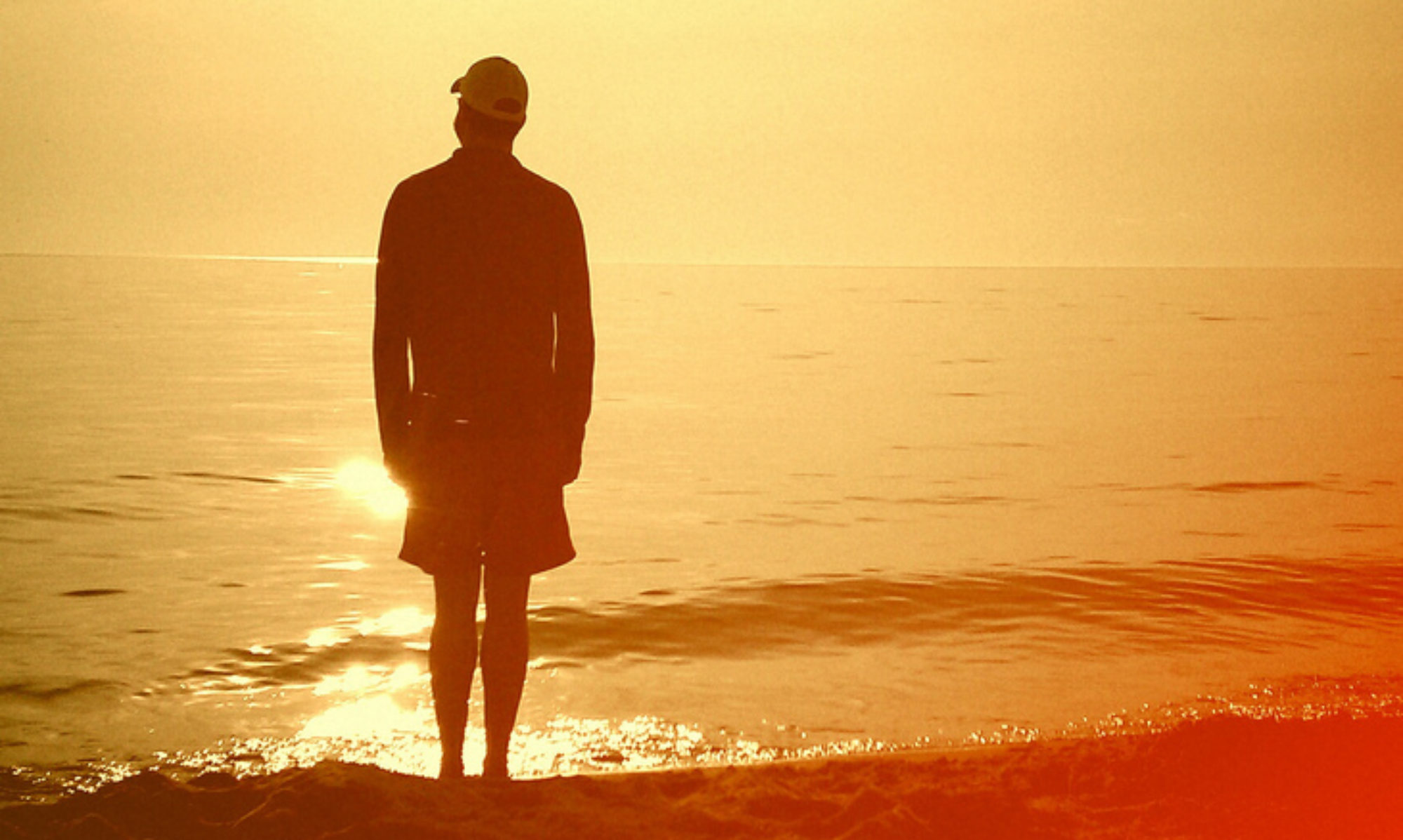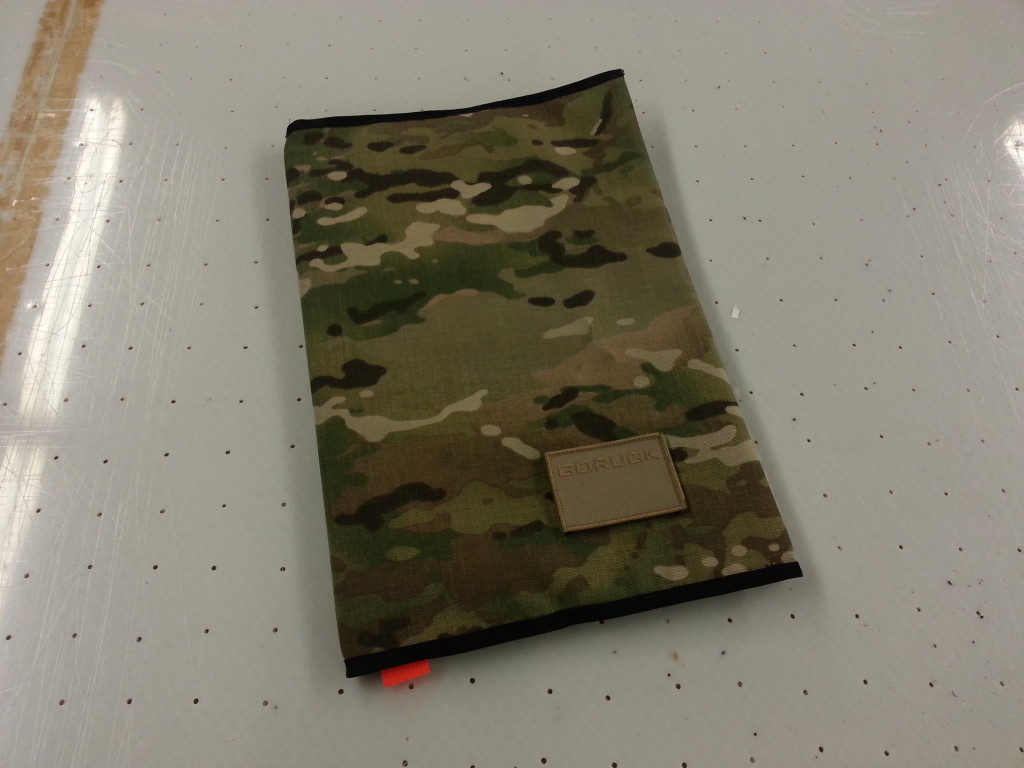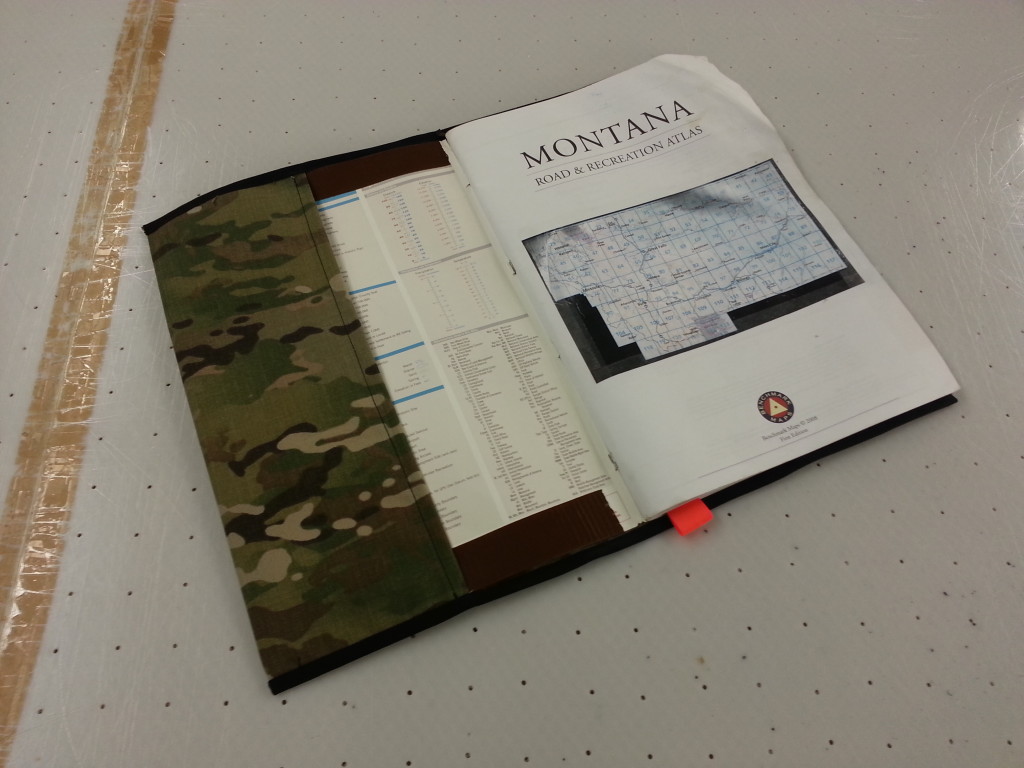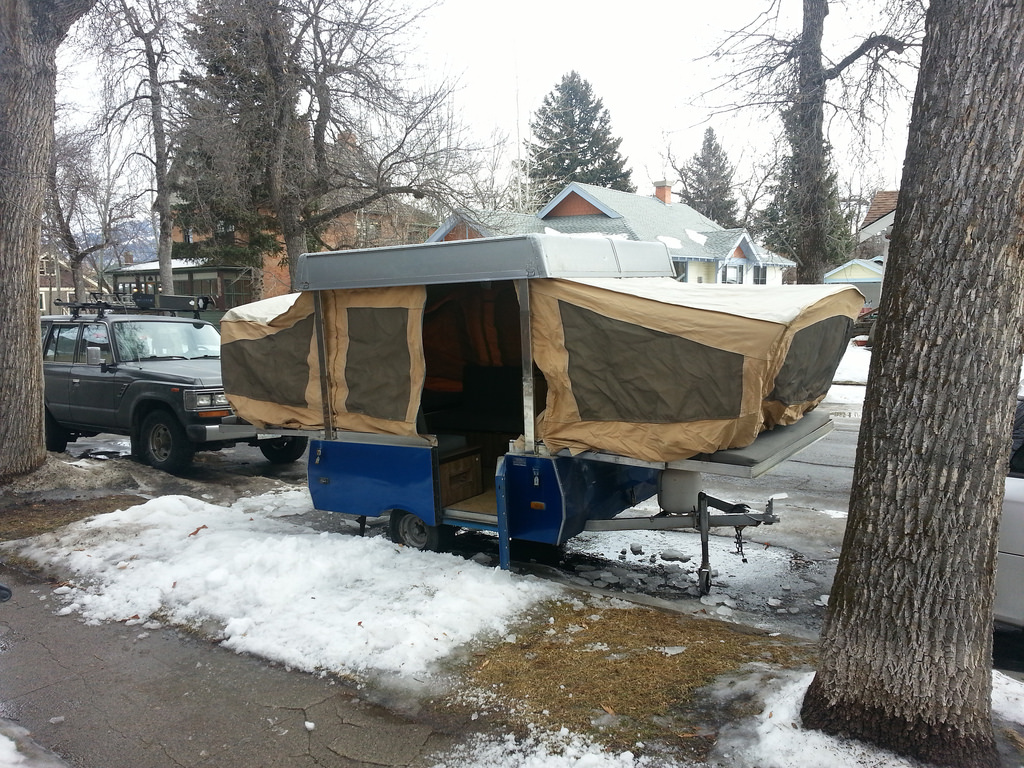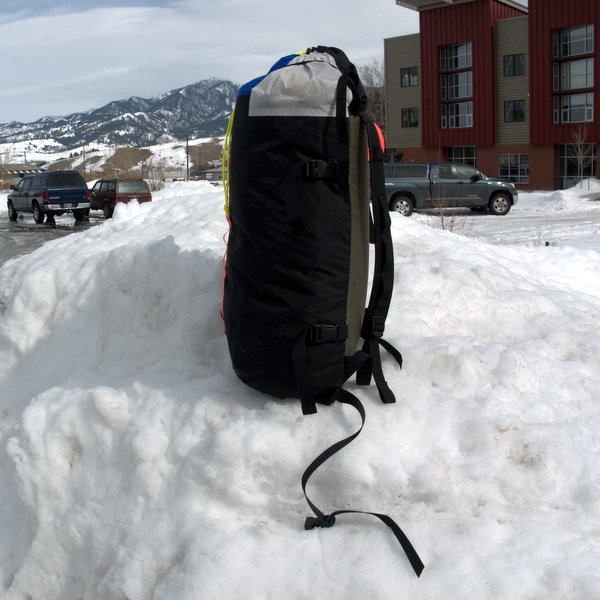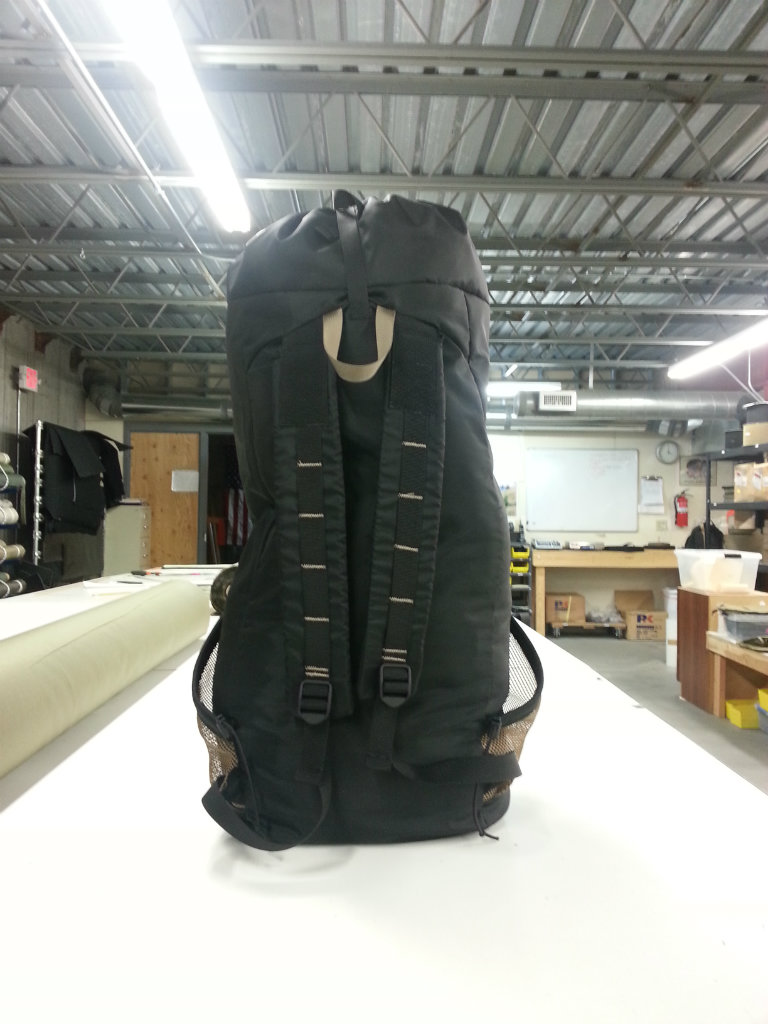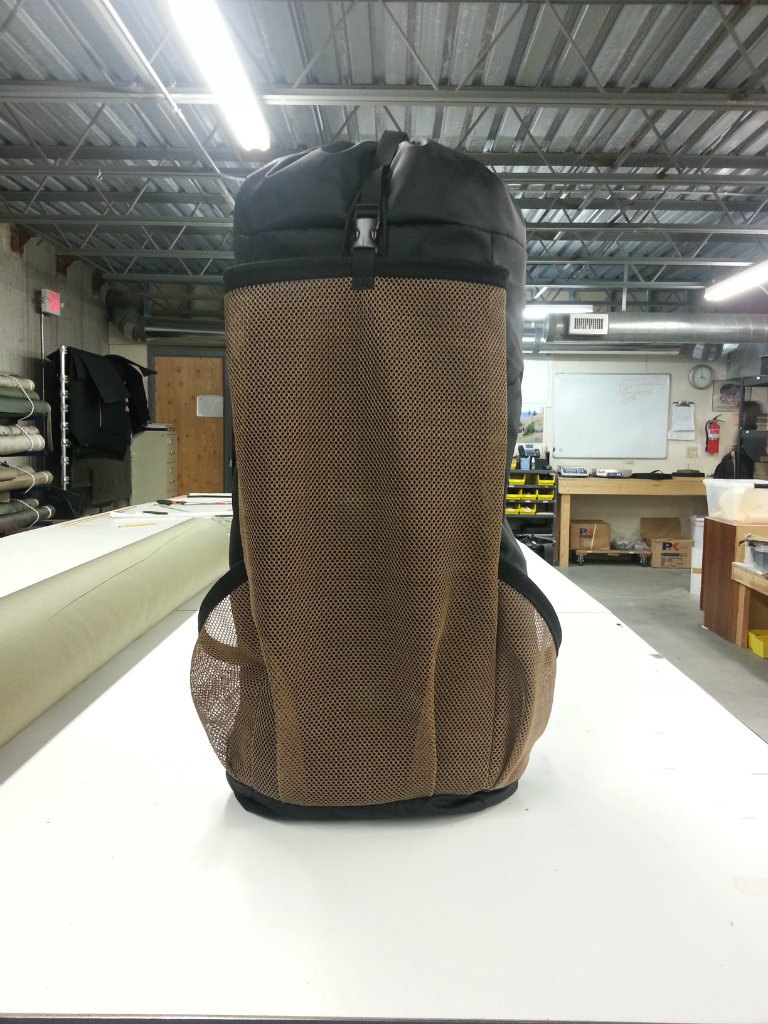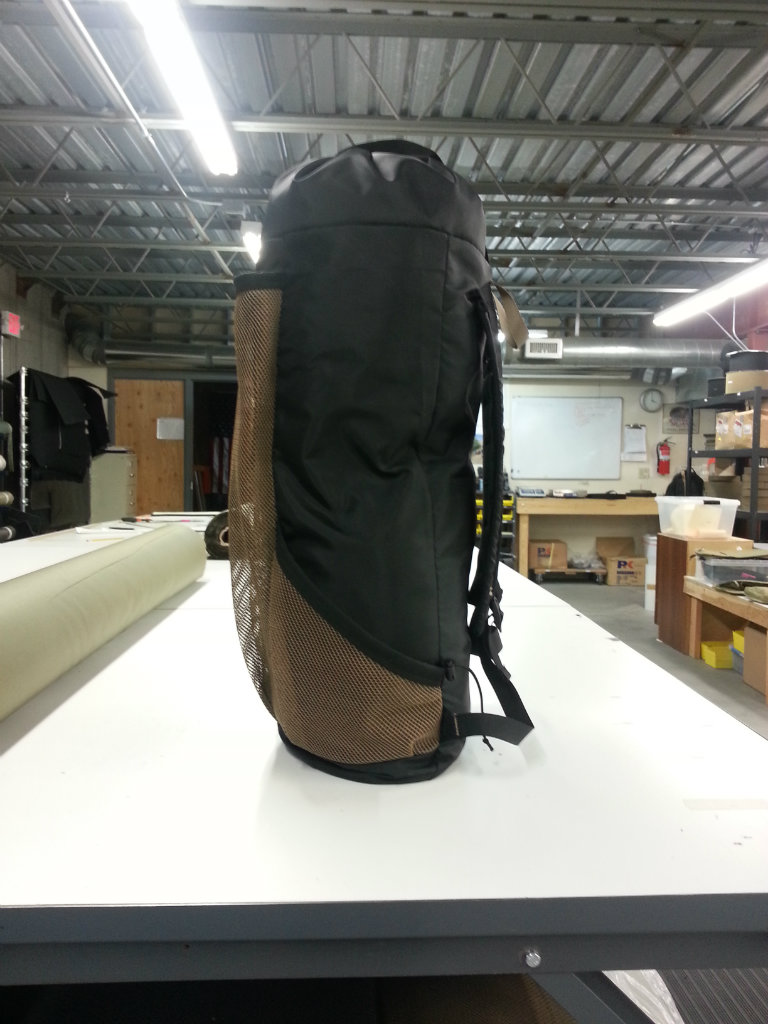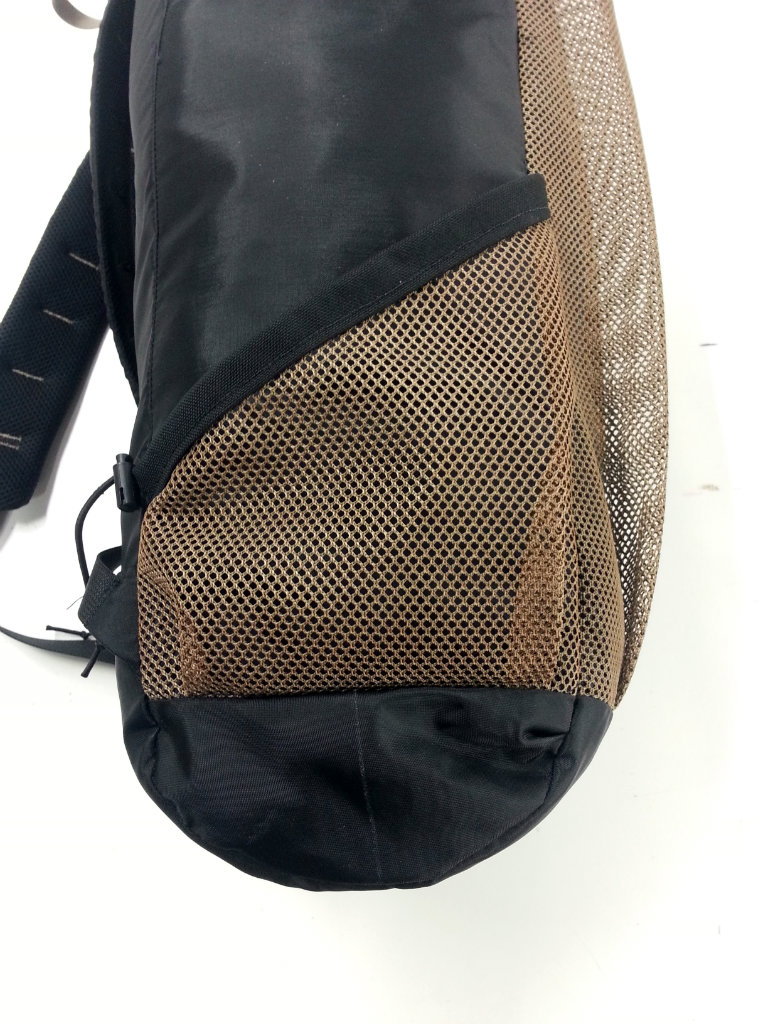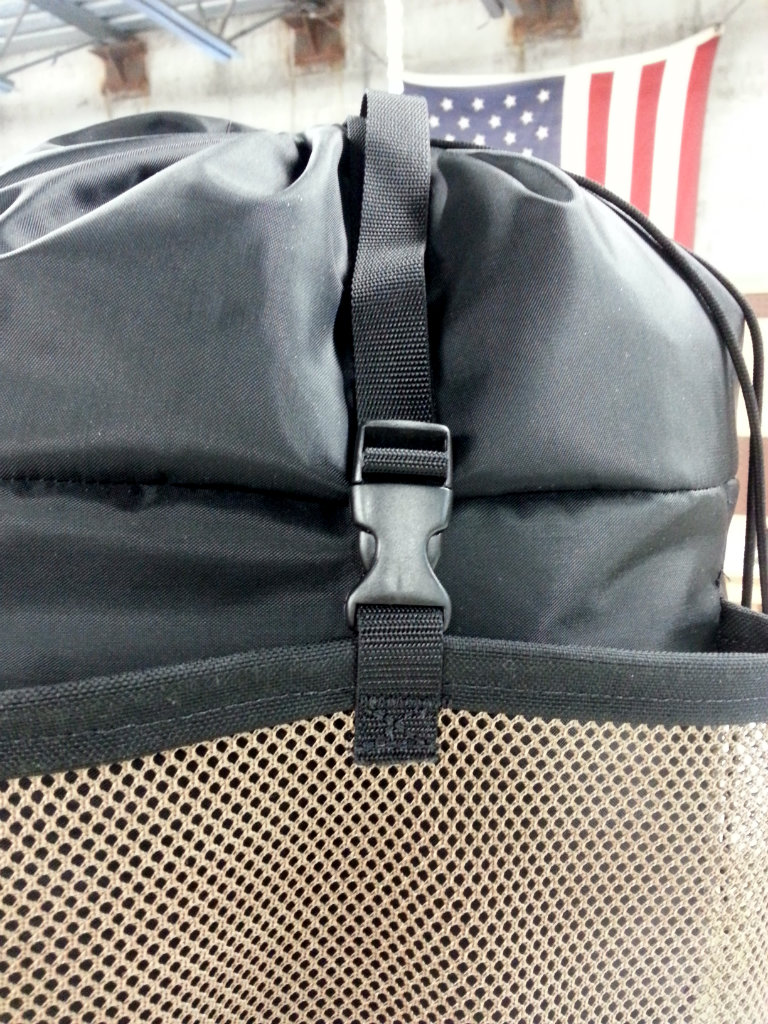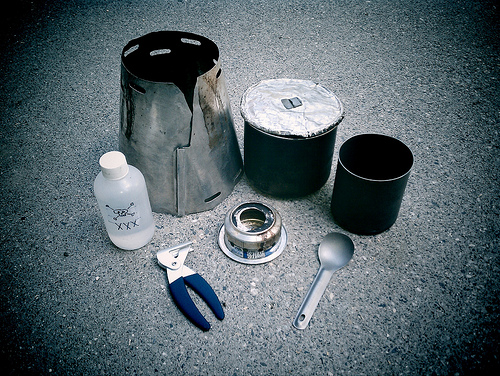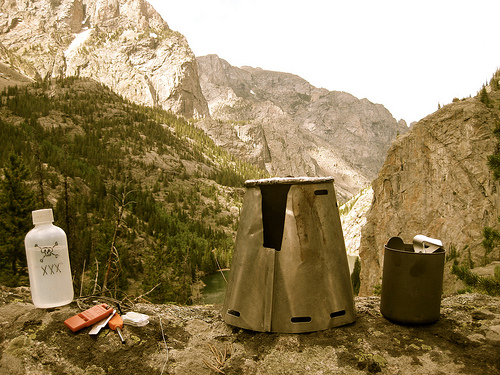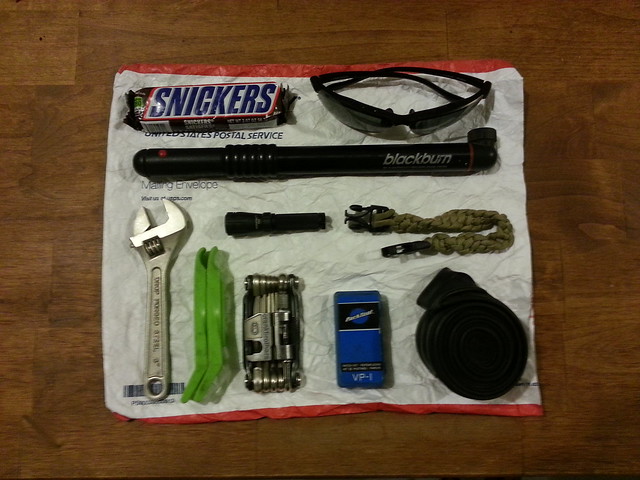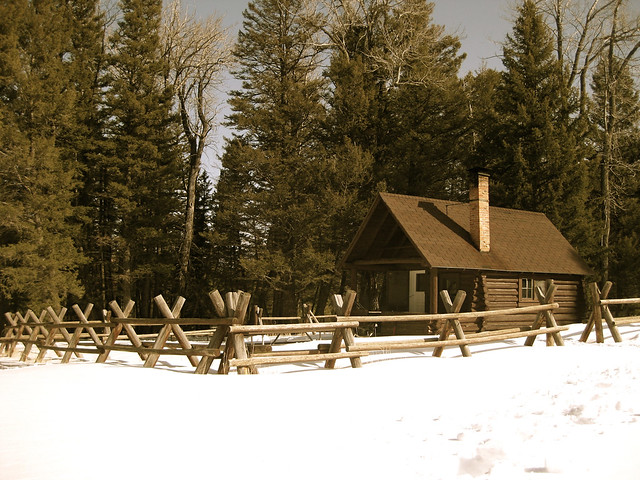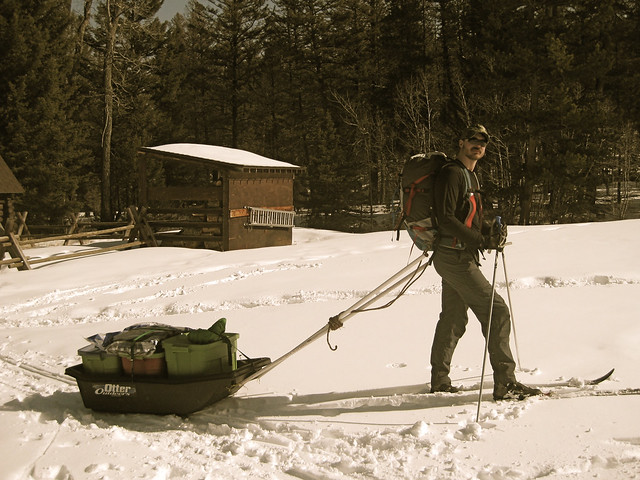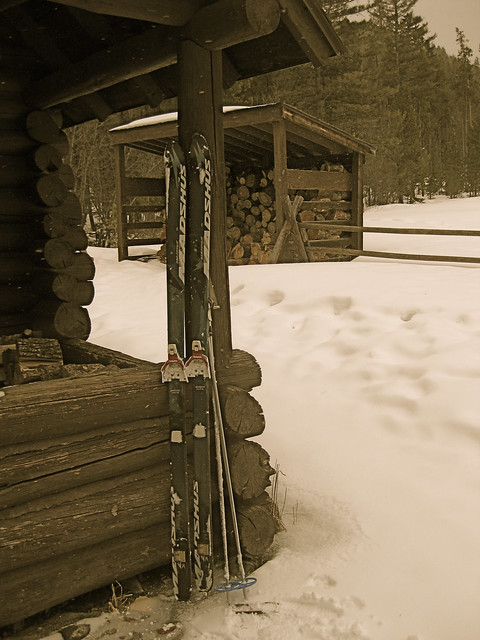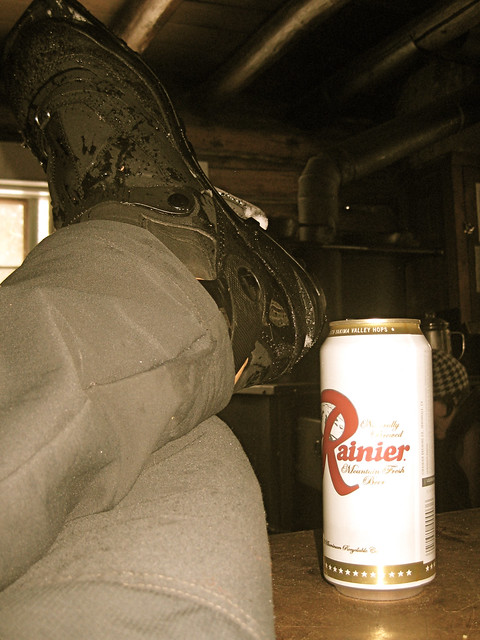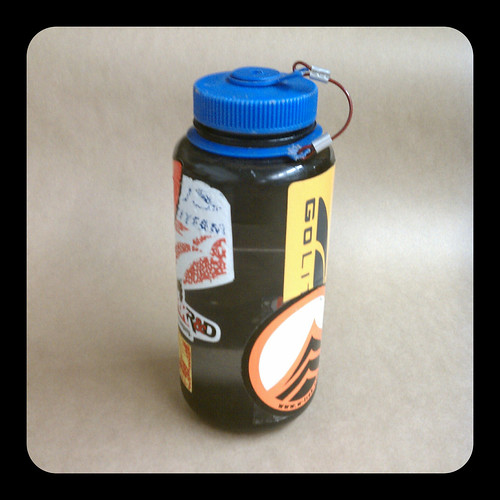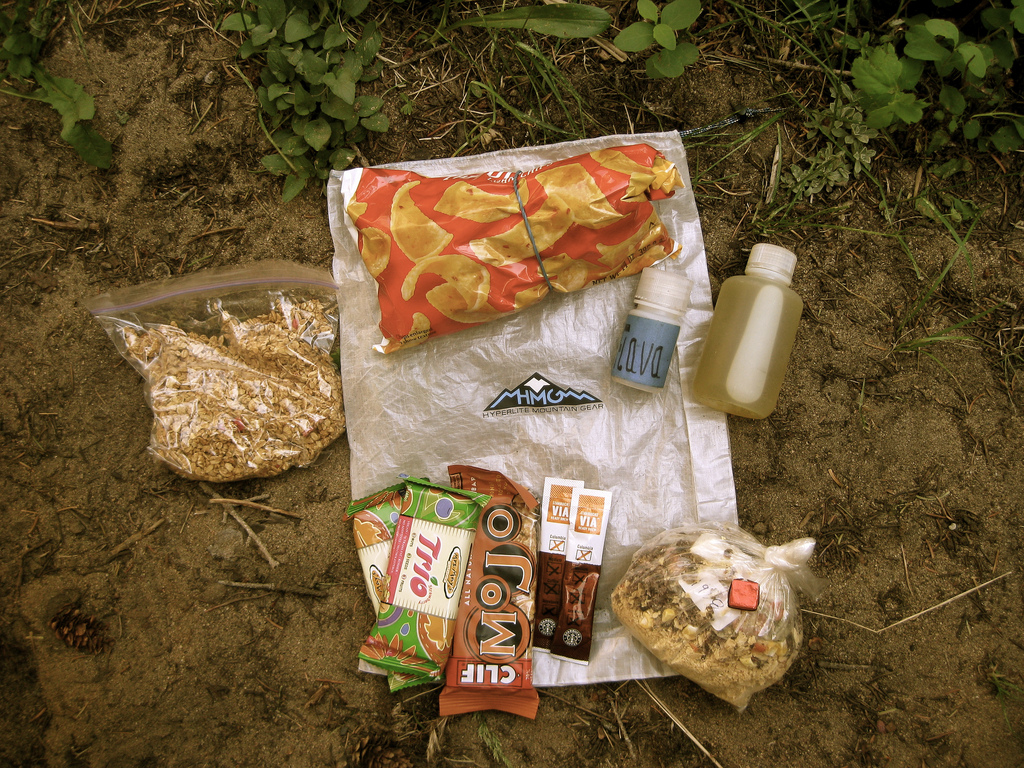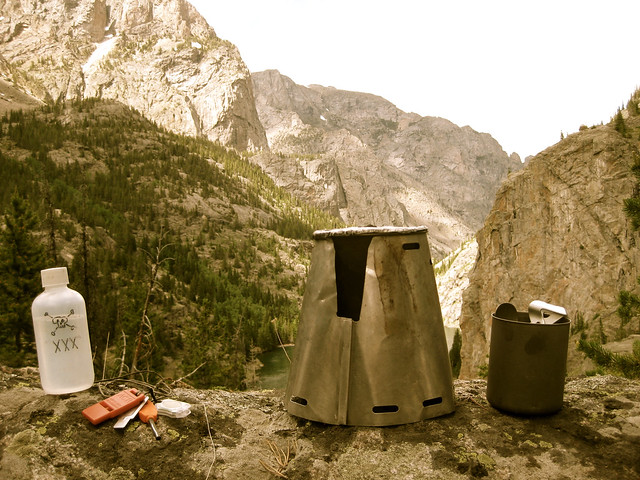As in past I have chosen to reflect upon the year behind me by choosing a photo from each month that I feel was a highlight.  It allows me to think on how the year played out and helps to set the stage for the year ahead.  Thanks to Dave C. for the idea of the “Twelve Months, Twelve Photos” concept – – it has become something I truly appreciate.
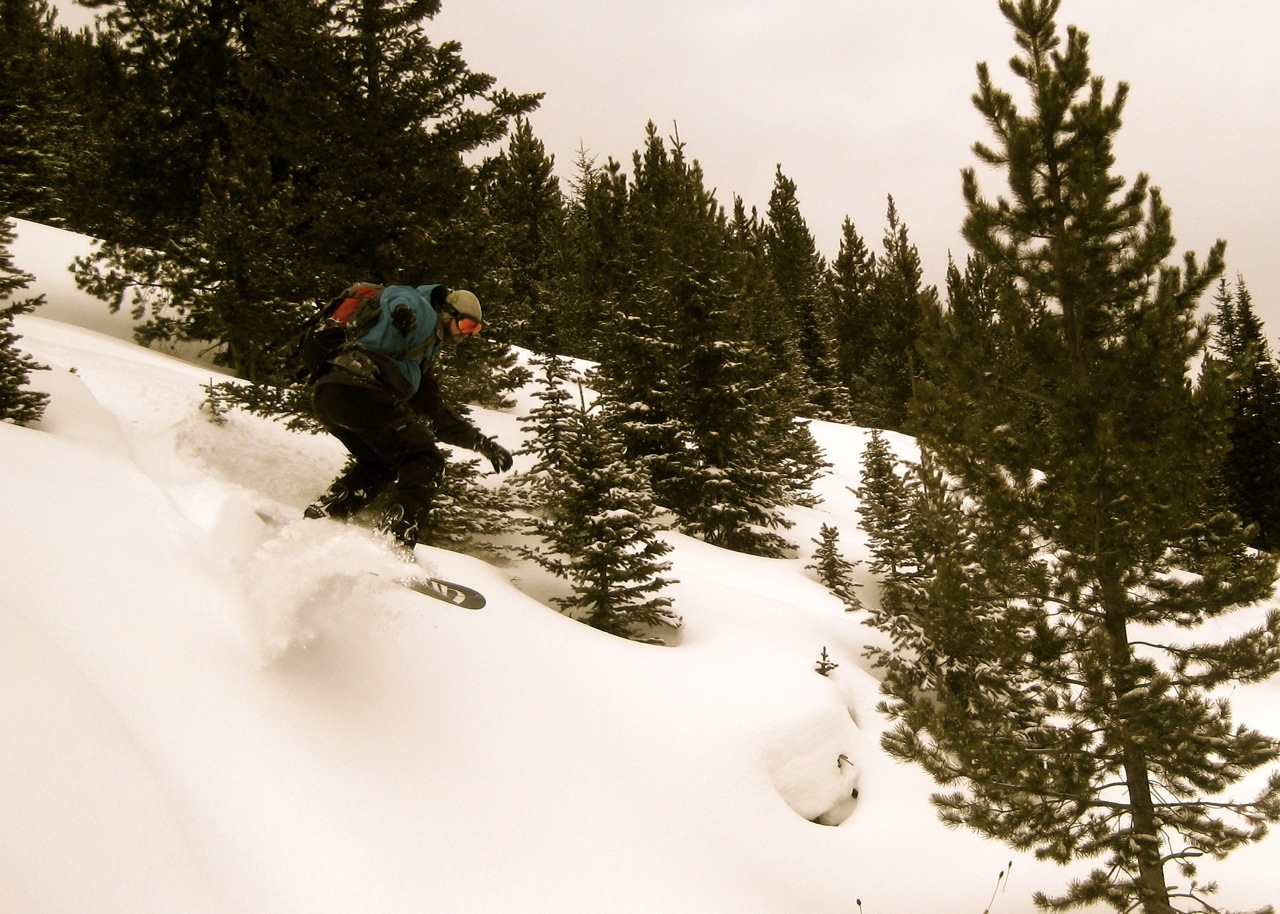
January: The month started off pretty great although my back – – which IÂ had been suffering through much pain over for the past years – – proved to be nice in that I got out with one of my best backcountry partners for a nice day of pow at a not overly used b.c. zone.

February: The outdoor gear development company that had employed me since 2012 decided to switch it’s focus away from gear design and as such let the majority of it’s R&D staff go in 2016. Â This was a pretty huge hit to the way of life that my family and I had begun to build for ourselves but at the same time was a chance for me to design and develop some of my own gear as I said goodbye to that place. Â In good news, the person who was part of that company that I most respected has started his own company so go give them a follow.
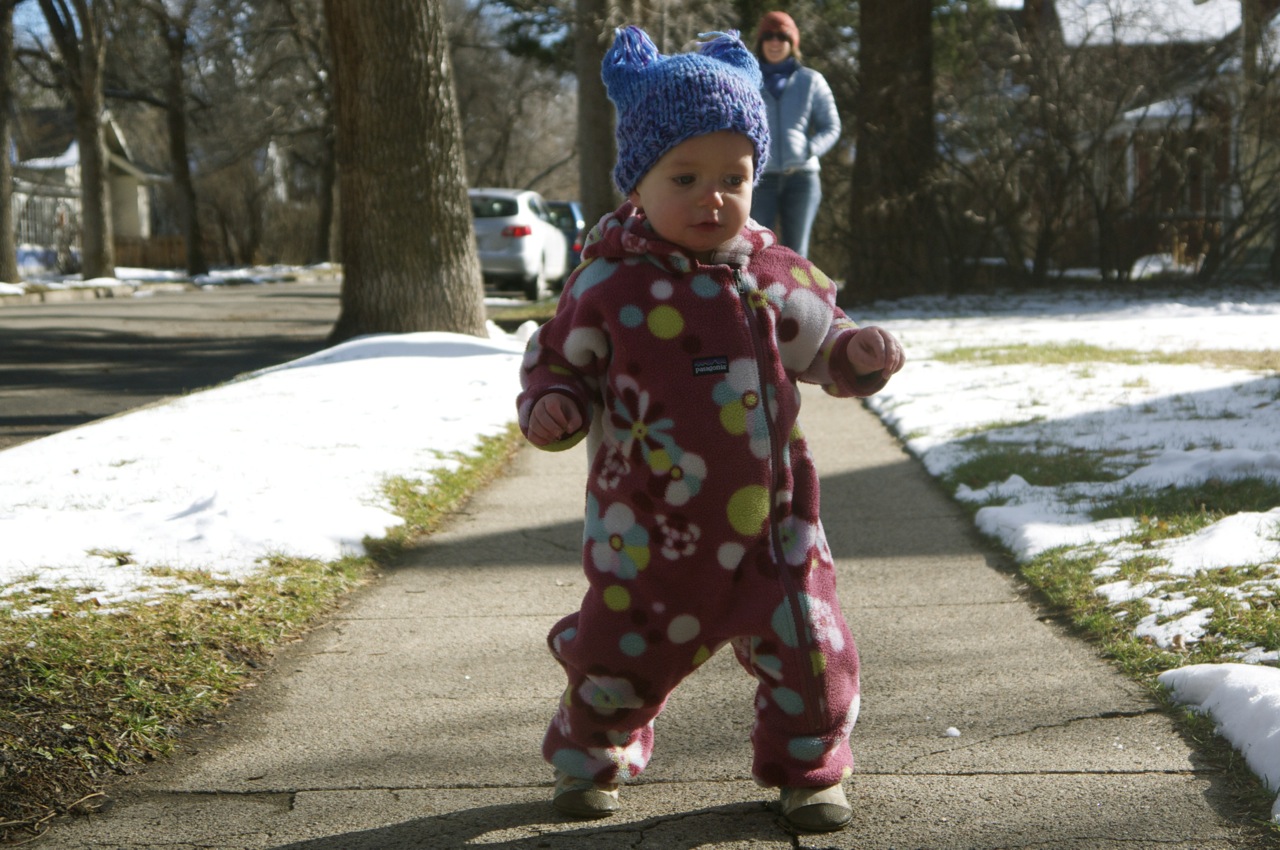
March: Young Mae began to take her first steps in March. Â It’s almost hard to think back on this now that she is running and jumping all over the place.
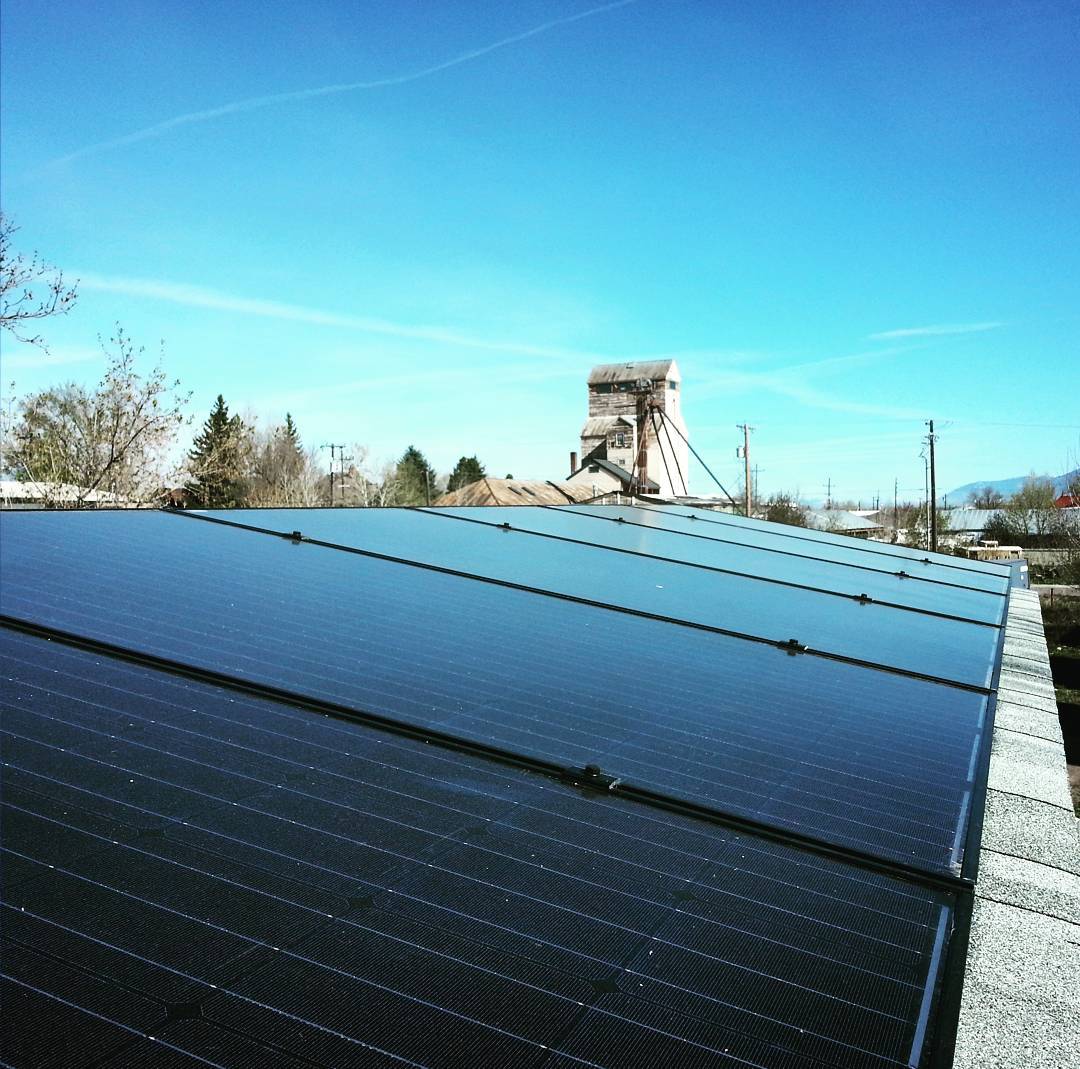
April: The aforementioned closing of doors of my previous employer has thusfar proved to be an amazing improvement to my livelihood. Â I have taken up employment with a local solar electric design and install firm and am exceedingly happy with my new line of work. Â Excellent autonomy within the company and a management that truly cares for and understands their workforce. Â Not to mention a product that provides legitimate and undeniable value to society.

May: Exceptional, quality camping with good friends from all over the country. Â We picked a zone that was relatively close to friends living in Bozeman, Seattle, Helena, and Salt Lake City and we all gathered for the Memorial Day weekend to relax, eat, drink, shoot, ride bikes, and be lazy next to the creek. Â Wonderful!
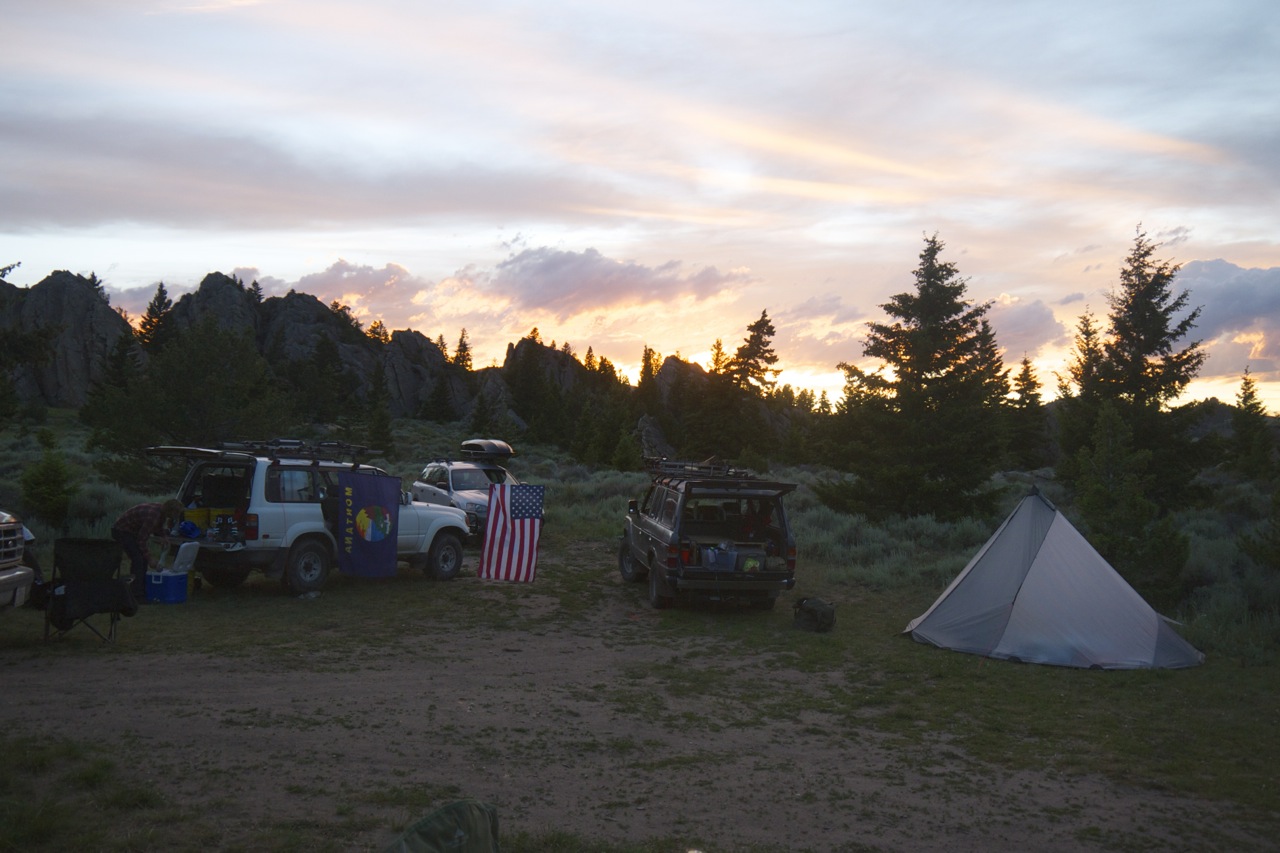
June: June brought more awesome camping with very good friends, albeit this time much closer to home than in May. Â A favorite destination just West of Bozeman found us relaxing around the campfire, shooting BB guns, and brapping Mason’s moto around the plentiful BLM land.

July: My wife and daughter made their way out of town so I ventured up to one of our favorite campsites for a night solo with the Land Cruiser.
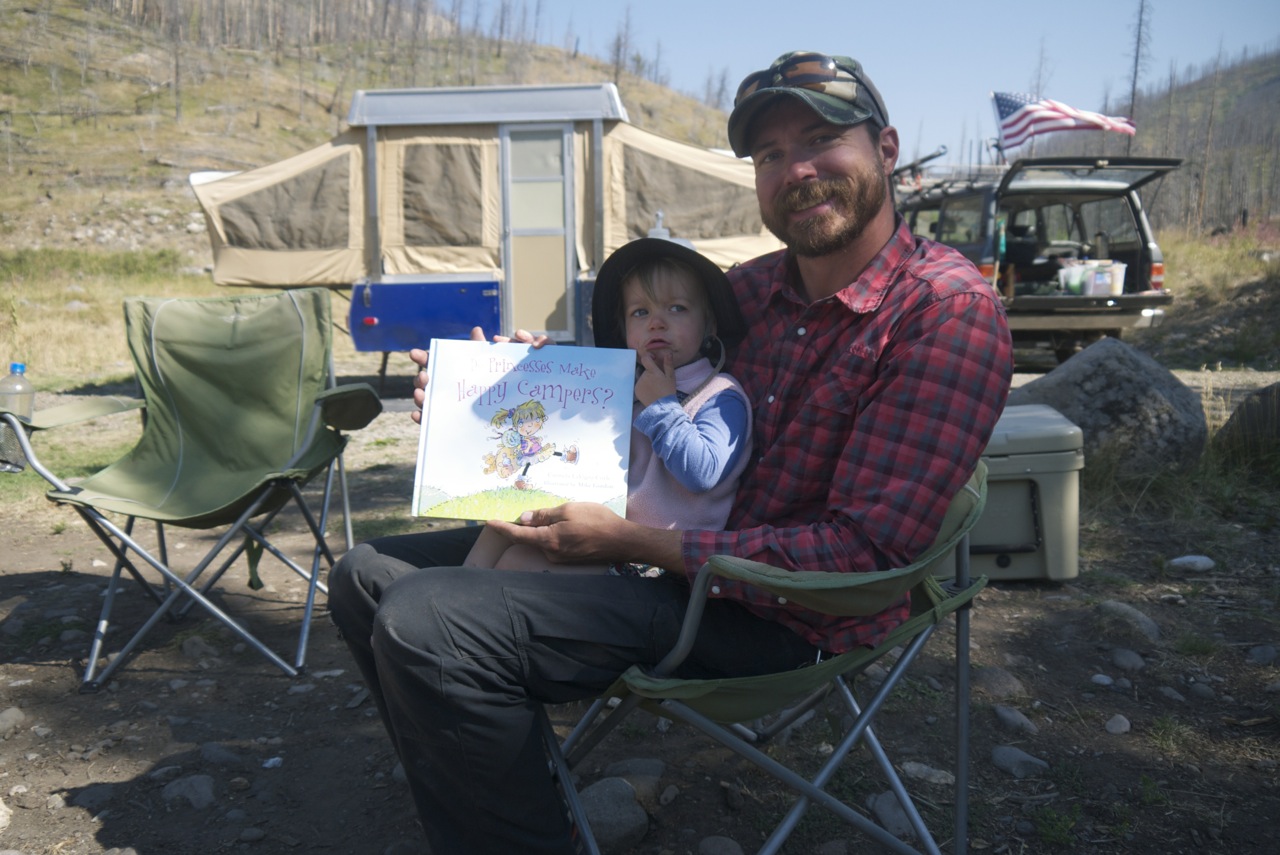
August: More super, awesome, quality, family camping was had in August as we explored a new zone in Paradise Valley. Â I expect to have more adventures here in the future.

September: This month found my hunting partner and I deep in the Absaroka’s for the HD 316 bc hunt. Â Although we didn’t harvest anything I did have what has proven to be the most successful stalk of my short hunting career.

October: What an amazing little person Mae is becoming. Â Torie photographed her in some beautiful clothes during the autumnal colors of October. Â Such a precious child!
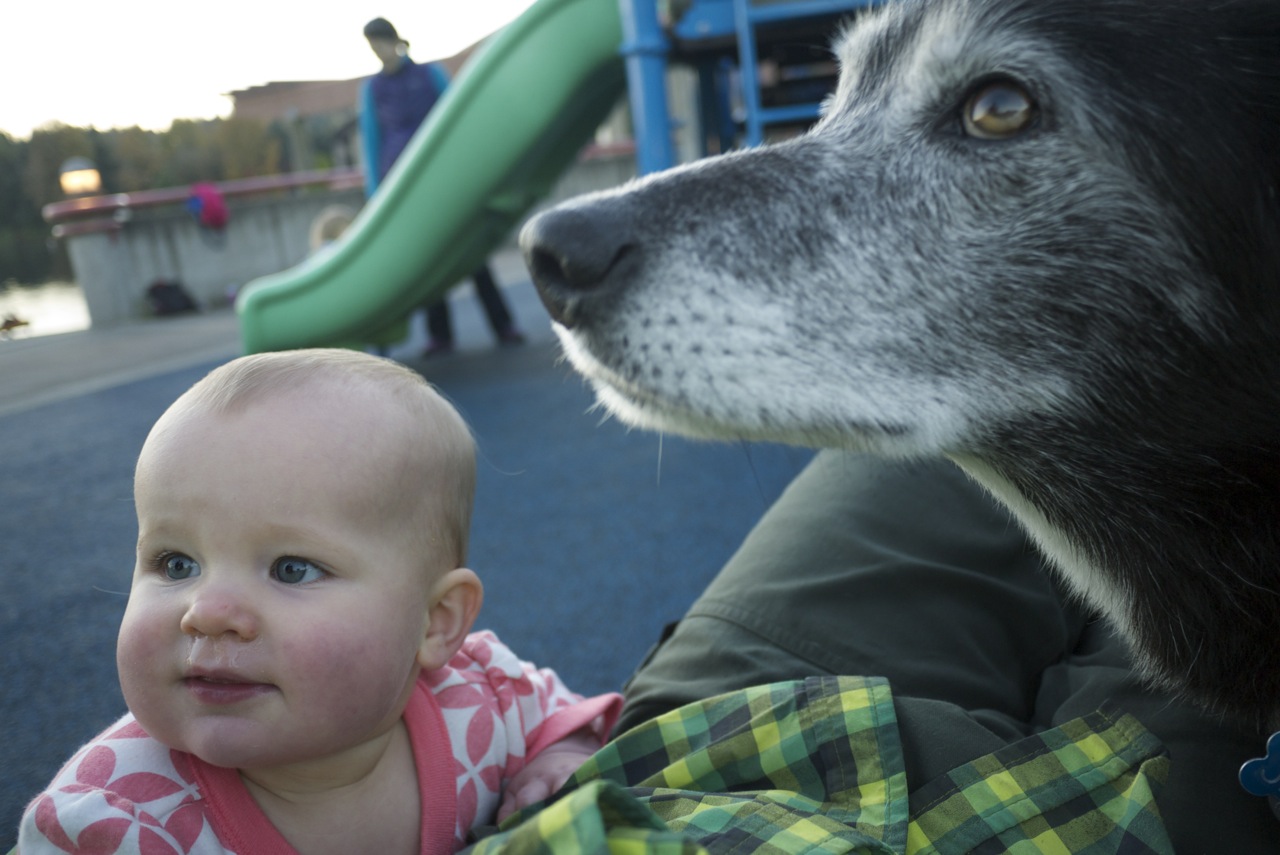
November: Our family visited Seattle and Bellingham during November and I snapped this photo of some of our best friend’s “kids”. Â Charlotte will soon be Mae’s good buddy. Â Ol’ Jax we learned was ailing in health and I knew that when I left him the scratch behind his ear and gruff, but loving words I spoke to him would probably be the last. Â He has since passed on and I miss him as a former roommate and punching bag. Â RIP, buddy.
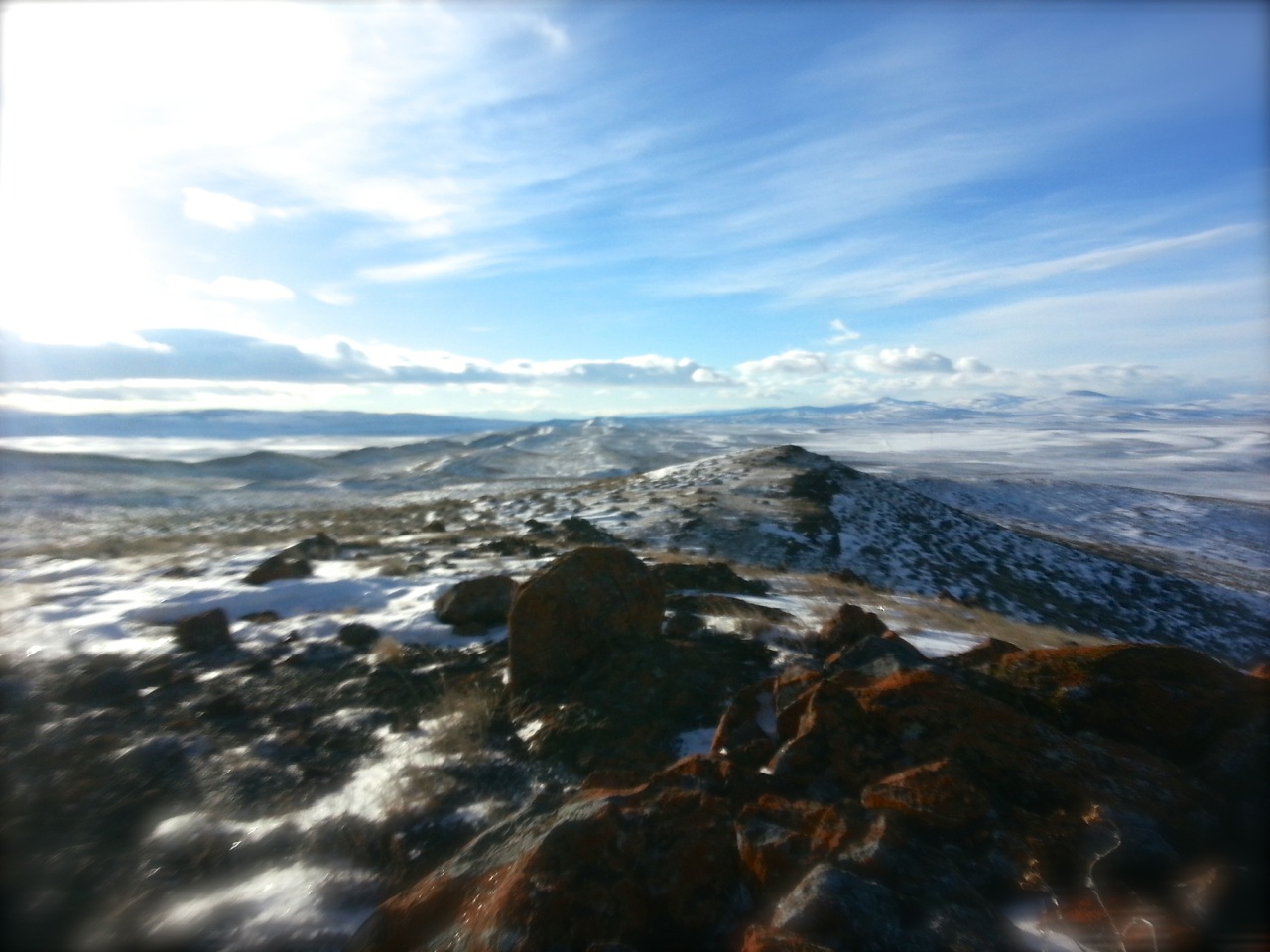
December: Neither of us having meat in the freezer, my hunting partner and I headed up to the cold, windy, and barren lands of the Castle Mountains in hope of catching glimpse of a herd of elk on BMA land. Â It was a gorgeous, sunny, relatively mild, and quality day, but alas, no elk were spotted. Â As such we have pretty much put the period on the end of the sentence of our hunting season and will re-group and begin planning for next September.
2016 was a splendid year and although I didn’t get out on enough backpacking trips I was happy to continually introduce my daughter to the wonders of the great outdoors. Â I look forward to a 2017 plentiful with camping excursions and outdoor enjoyment for all. Â May you and yours experience the same. Â What do you have planned for 2017? Â Let me know in the comments.
